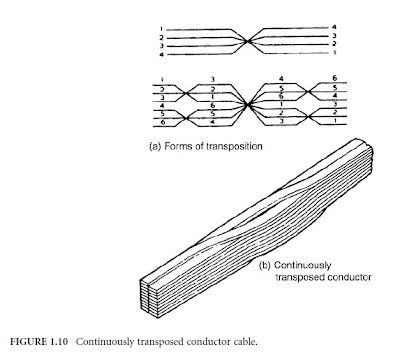TRANSFORMER CORE DESIGN AND CONSTRUCTION BASIC INFORMATION
Transformer Core Design and Construction: A Tutorial
Air gaps in a magnetic core will add considerable reluctance to the magnetic circuit. Remembering that the inductance of a coil and the magnetic reluctance are inversely proportional, air gaps reduce the inductance of the coil and increase the magnitude of magnetizing currents. In practical transformers, we want to reduce magnetizing currents to almost negligible levels; it is therefore important to eliminate all air gaps if possible.
One approach would be to make the core from a solid block of material. This is impractical from the standpoint of fabricating the transformer, since the coils would have to be wound through the core window.
Also, since metallic core materials conduct electric current as well as magnetic flux, the induced voltages would produce large circulating currents in a solid core. The circulating currents would oppose the changing flux and effectively ‘‘short out’’ the transformer.
A practical solution is to fabricate the core from thin laminated steel sheets that are stacked together and to coat the surfaces of the laminations with a thin film that electrically insulates the sheets from each other. Steel not only has excellent magnetic properties but is also relatively inexpensive and easy to fabricate into thin sheets.
In a modern transformer plant, steel ribbon is cut into sections by a cutting/punching machine commonly called a Georg machine. The sizes and shapes of the sections are determined by the core design of the individual transformer.
The thickness of the sheets varies somewhat; core laminations operating at 60 Hz are between 0.010 and 0.020 in. thick, with 0.012 in. being the most common thickness in use today.
Different methods of stacking core steel have been used in the past. One such method is called the butt lap method using rectangular core sections and is illustrated in Figure 1.11
Even if the edges of the segments do not butt together perfectly, as shown in the exaggerated edge view at the bottom of the figure, the alternating even and odd layers assure that the magnetic flux has a continuous path across the surfaces of the adjacent layers.













